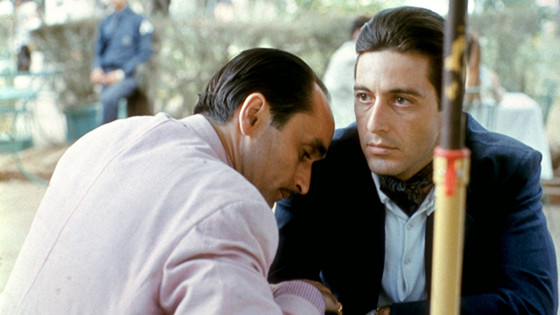
Long story short, gangster films became quite popular during the 1930s. Having started out here and there at the end of the roaring 20s – for instance, Josef Von Sternberg’s “Underworld” (1927) – gangster films reached a full-scale production during the 1930s mainly because of The Great Depression.
For one, people needed entertainment that provided them with an escape from the hardships of reality, and second because most gangster films mimicked real life and real people. Many were the leading figures of organized crime during the 1920s, 1930s and 1940s – Al Capone, Lucky Luciano, Bugsy Siegel, John Dillinger, Pretty Boy Floyd, Baby Face Nelson and the list goes on and on.
Similarly, there were organized crime cells during this period whose popularity reached national scale – the Irish Mafia, the Italian Mafia, Murder Inc., Greek Mob, prohibition-era gangs; And these people were seen by some with fascination as heroes by others as crooks, nevertheless, they were an American symbol, they built a way of life, their stories were always those of people who rise from the ‘slums’ to became wealthy individuals whose lives are full of violence, pain and action.
And in understanding audience’s interest for these types of stories, the fascination for the outlaw, Hollywood embarked in production of Gangster Films while in its Golden Era (which spanned until the 1950s).
Examples? “Little Caesar” (1930), “The Public Enemy” (1931), “Scarface: The Shame of a Nation” (1932), “Dead End” (1937), “Angels with Dirty Faces” (1938), “The Roaring Twenties” (1939) …
These films highlight the activity of the criminal figure, tell a tale of rise or fall of a particular lawbreaker and always emphasizes or has in its background a conflict with the law – police. Therefore, it is safe to assume that gangster films are tales of morality set in great cities, featuring the disparity between rich and poor, the law and street law. Casting a great light on themes such as obsession, mania, paranoia or self-destruction.
Gangster films were produced on a large scale until sensibly the end of the 1940s and early 1950s – “White Heat” (1949), “The Big Heat” (1953), “On the Waterfront” (1954), “The Big Combo” (1955) – a time during which they blended with film noir. However, as the studio system fell and with the arrival of the 1960s culture, audiences demanded for different products and gangster films had a decline in popularity during this period. Popularity they would reach again in the 1970s with a revival of the genre.
This revival had its roots in films like “Bonnie and Clyde” (1967), “Bullitt” (1968) or “The Brotherhood” (1968) which became very successful mainly because they defied the established order, thought and social conventions ideas which were present in the core of the freedom culture of the 1960s.
With that being said, the following list presents some of the most popular and notorious American gangster titles produced during the 1970s, also providing readers with different approaches and viewpoints over organized crime made in film.
This is a part of a series of three articles titled American Gangster Films (1970s – 1990s). Starting with American Gangster Films Part 1 – New Hollywood.
15. The Getaway (1972, Sam Peckinpah)
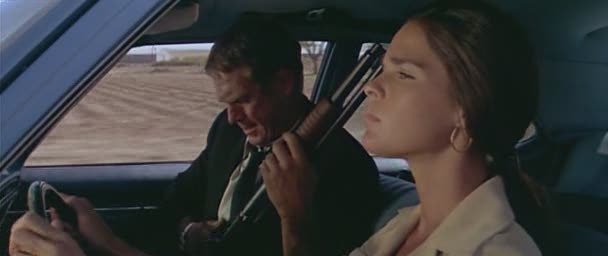
In a Bonnie and Clyde manner, “The Getaway” provides a different look into organized crime through the characters of Carter McCoy (Steve McQueen) and his wife Carol McCoy (Ali MacGraw).
McCoy is released from prison through the influence of San Antonio businessman Jack Beynon, whom reached a deal with McCoy’s wife in order to get him his parole.
Once on parole, McCoy is forced to take part in a bank robbery as part of the deal with Beynon, however, the heist goes wrong and McCoy leaves with Carol and all the money leaving one of his partner’s behind. The man, whose name is Rudy, managed to get out of it alive, and plans revenge on McCoy therefore starting to pursuit him and joining Rudy are Jack Beynon’s partners.
14. Charley Varrick (1973, Don Siegel)
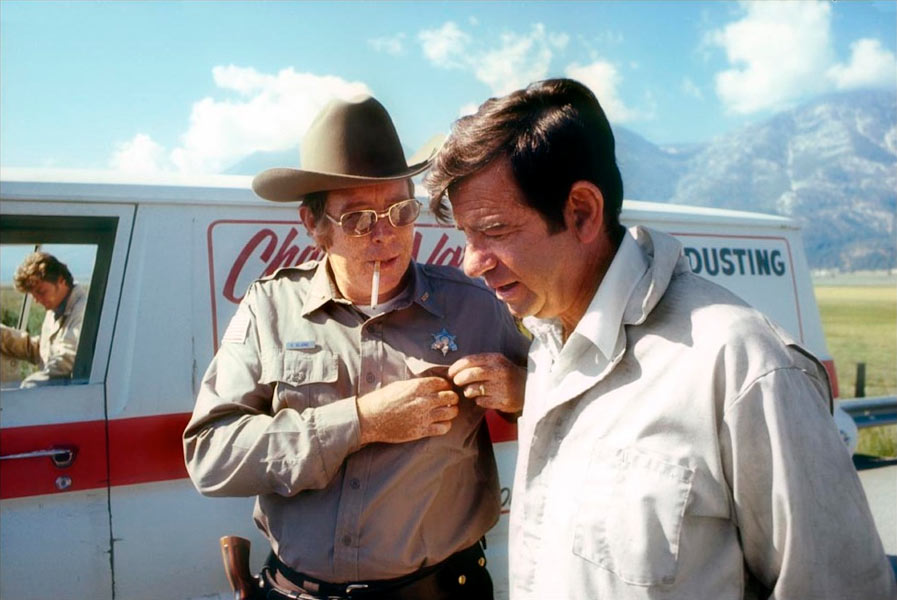
“Charley Varrick”, based on the novel The Looters by John H. Reese, focuses on three lives. Charley Varrick (Walter Matthau), Nadine (Jacqueline Scott), his wife, and Harman Sullivan (Andrew Robinson), his friend.
Varrick, who formerly worked as a stunt pilot, now runs a small aviation firm responsible for spraying crops with protection products. However, this business is just a front that hides Varrick’s true occupation – small scale robbery. And in what would have been one more of his robberies, Varrick, his wife and friend rob a small bank in Tres Cruces, New Mexico. Unaware of the fact that the money they just robbed belonged to a mob money laundering operation. Meaning, big trouble.
13. Outfit (1973, John Flynn)
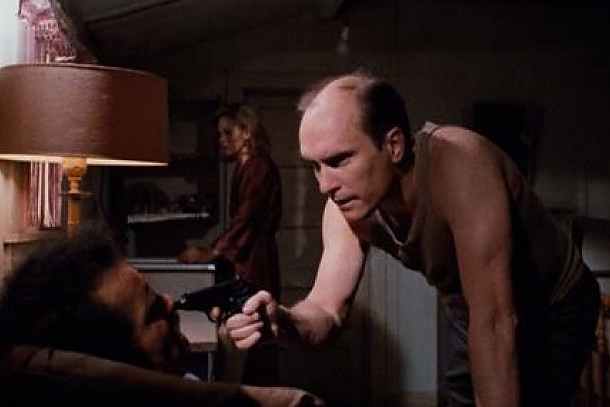
Following his release from prison, Earl Macklin (Robert Duvall) is picked up by his girlfriend Bett (Karen Black) through whom he learns about his brother’s murder by the Outfit. Macklin is then taken to a motel by Karen, but when one of the hitmen who killed his brother bursts in the place, he learns that the Outfit had tortured his girlfriend, making her promise that she would lure him into the motel to be killed.
After these violent events, Earl Macklin decides to engage in a personal quest and war against the Outfit in order to discover why his and his brother’s executions were ordered.
12. Dillinger (1973, John Milius)
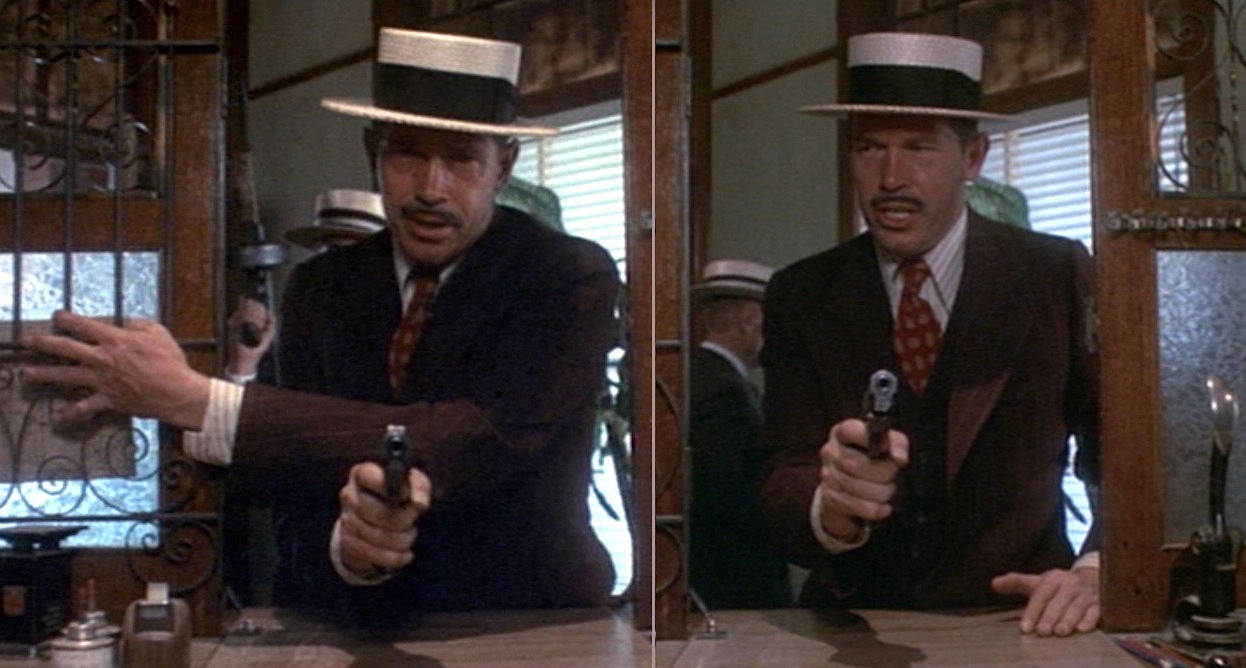
A story told before in film – “Dillinger” (1945) with a notorious performance by Lawrence Tierney – the John Milius film is the biographical tale of notorious bank robber John Dillinger (Warren Oates), narrated from the point of view of FBI Agent Melvin Purvis, who was responsible for his killing.
It is set during the Great Depression (as a greater part of the films in this list) and chronicles the last years of Dillinger’s life as the law enforcement agencies ‘tightened the siege’ on him. “Dillinger” (1973) was also produced under the wing of American International Pictures.
11. Yakuza (1974, Sidney Pollack)
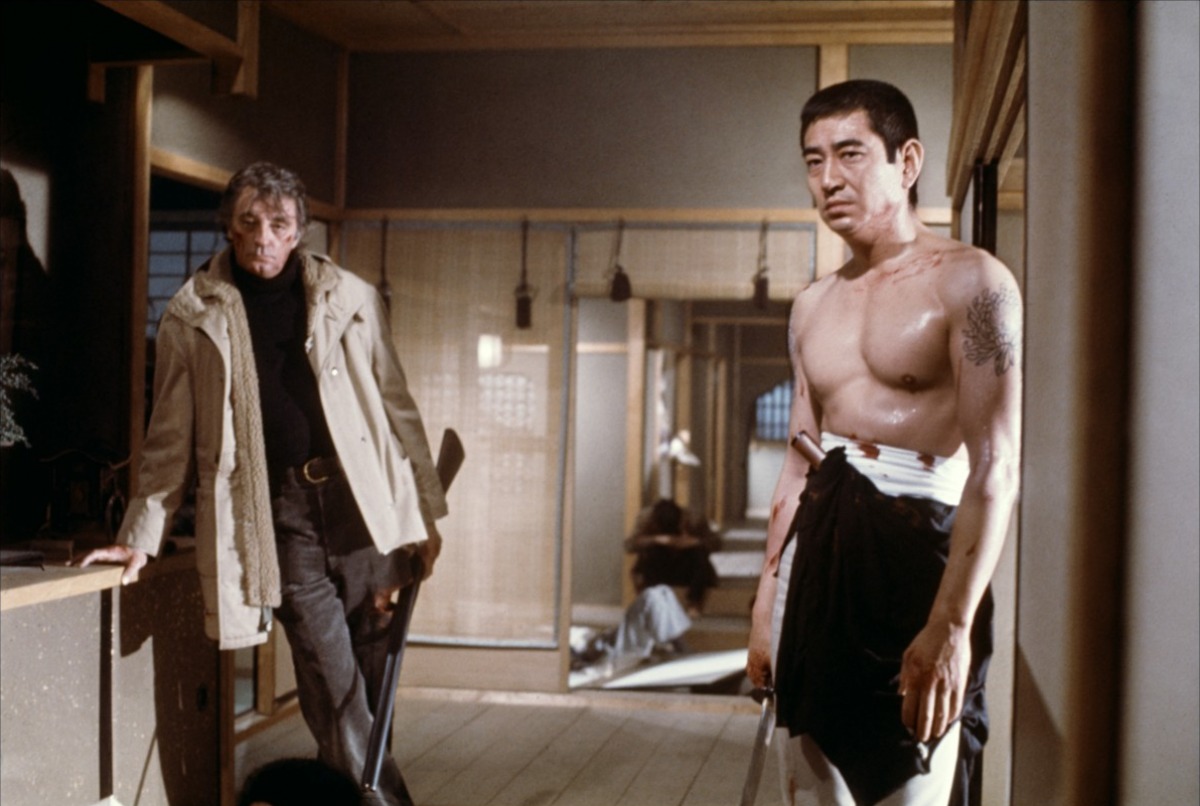
After the Italian-American Mafia, perhaps the most internationally recognized mafia is the Japanese mafia – Yakuza. In Sidney Pollack’s film, produced by American and Japanese film companies, a man named Harry Kilmer (Robert Mitchum), a retired detective and former Marine in Japan during the post-war period of the country’s occupation, is called by his old friend George Tanner (Brian Keith).
Tanner, who is involved in local business with the yakuza, has a big problem: his daughter was kidnapped by a yakuza gangster named Tono (Eiji Okada). In returning to Japan, Harry Kilmer hopes that through his connections he can rescue the girl alive.
10. Mikey and Nicky (1976, Elaine May)
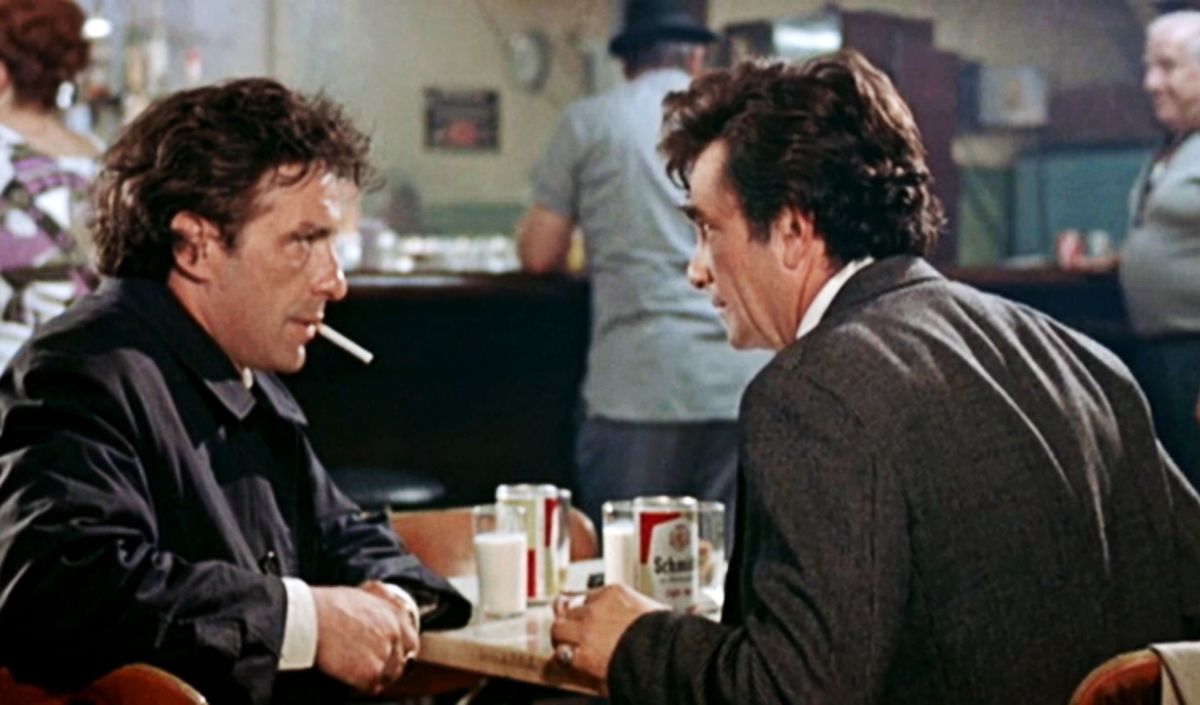
In another portrayal of a ‘mob outsider’, troubled small-time bookie Nicky (John Cassavetes) calls his childhood friend and all-time helper Mikey (Peter Falk) to ask once more for his help.
Only this time the trouble is bigger than before because Nicky has stolen money from his mob boss and has hitmen searching around for him. Partly overcoming his initial paranoia, Nicky is then helped by Mikey on elaborating a viable escape plan, which keeps on changing and changing due to the proximity of the mob’s hit men.
9. Walter Hill: The Driver (1978) and The Warriors (1979)
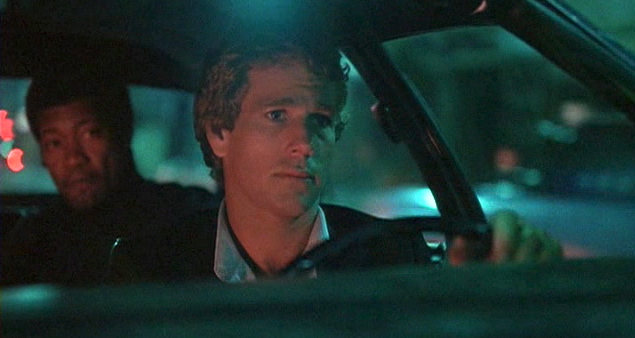
Walter Hill’s “The Driver” is set in Los Angeles and stars Ryan O’Neal as a man whose occupation is to be a driver of getaway vehicles in large scale heists.
Because of his remarkable talent as a driver and his meticulousness and self-disciple in his conduct, the driver, as he is known, has never been caught by the police. However, after one more assault, a police detective (Bruce Dern) makes his primary business and obsession to catch ‘the cowboy’, as he calls the driver, and help convict him for his endless list of felonies.
This fact, leads the detective to a local gang whom he bribes in order to simulate another theft. In this deal while the detective facilitates the criminals, they make sure the driver plays along with them so that the detective can arrest him. In order to protect himself, the driver asks and gets help from a woman known as ‘The Player’ (Isabelle Adjani).
“The Warriors” (1979) is perhaps a presence that can be argued on a list that features the best gangster films of the 1970s, but it makes its place for its popularity and mainly because it provides us yet with a different perspective over organized crime. Because gang and gangster are two concepts that can have different faces and different definitions. As it has been described, the film “is a real peculiarity, a movie about street gang warfare, written and directed as an exercise in mannerism. There’s hardly a moment when we believe that the movie’s gangs are real or that their members are real people or that they inhabit a real city. (…) That’s where the peculiarity comes in: I don’t think we’re supposed to. No matter what impression the ads give, this isn’t even remotely intended as an action film. It’s a set piece. It’s a ballet of stylized male violence.”
When a gang leader named Cyrus summons all the street gangs in New York City and proposes that they should take over the city, because they outnumber police officers, someone murders him and the guilt is falsely moved and placed on a gang known as ‘The Warriors’, which provokes a sort of ‘civil war’.